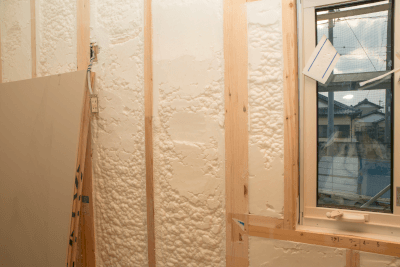What Is a Foam Resin?

Foam resin, a synthetic resin infused with gas to create a foam-like structure, is integral to manufacturing a wide range of products. It encompasses materials used in both the initial stages of semiconductor fabrication, such as wafers and photomasks, and subsequent packaging processes involving molds, bonding wires, and encapsulants.
Uses of Foam Resins
These versatile materials are employed in various applications, from automotive components like seat cushions and bumpers to housing for electronic instruments with complex shapes. Their high rigidity and design flexibility make them suitable for both interior and exterior parts, enhancing both functionality and aesthetics.
Principle of Foam Resins
Foam resins work by absorbing internal stress and using gas pressure to maintain contact with the mold, reducing warpage and material use through an internal air layer. They can be created through chemical or physical foaming processes, with adjustments made to prevent surface defects like swirl marks.
Types of Foam Resins
- Rigid and Flexible Polyurethane Foam: Offers high compressive strength and flexibility. Used in a variety of applications based on their chemical structure and resistance properties.
- Polystyrene Foam: Known for its lightweight, heat insulation, and shock-absorbing capabilities.
- Polyethylene Foam: Features low water absorption and high secondary processability, suitable for a wide temperature range.
- Polypropylene Foam: Challenges in foam wall formation due to rapid viscosity changes, but offers high heat resistance.
- Phenolic, PET, Cross-Linked EVA, and Other Foam Resins: Each brings unique properties, from thermal decomposition to high elasticity, serving diverse industrial needs.